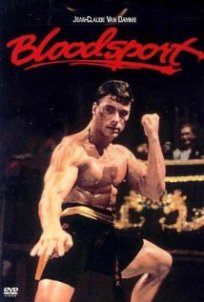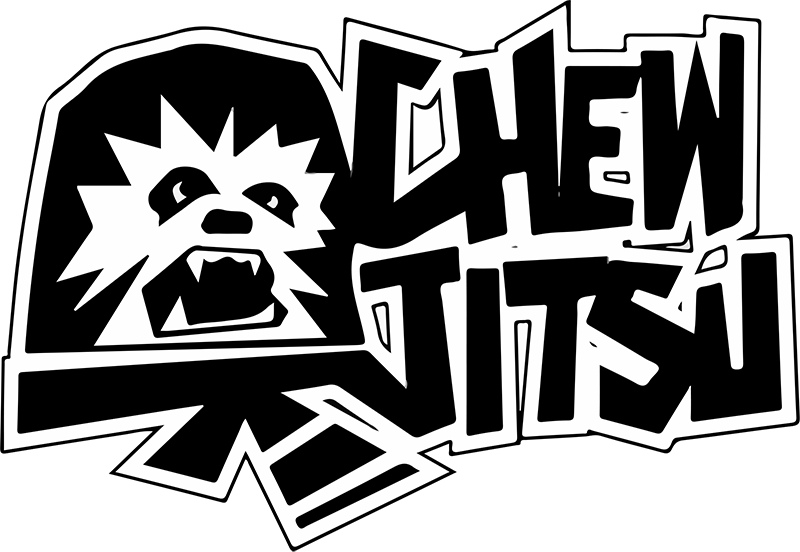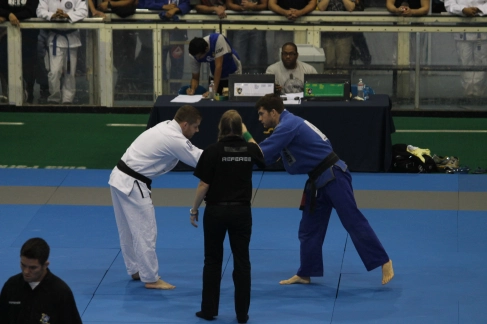The Martial Arts Movie Factor and rather amusing analogy
So before you start reading this post I want you to think back to all the different martial arts movies you may have watched over the course of your life. My favorite martial arts movie when I was a kid was Bloodsport. That movie probably had more impact on me than any other movie I’ve ever watched. I remember being so impressed with the martial arts skills of Jean Claude Van Damme and I would ohh and awe at the sight of Bolo Yeung’s massive physique. Now when you are thinking about your martial art movie, I want you to think about the training montage that it inevitably had at some point. The main character of the film more than likely had been beaten or wronged earlier in the movie and at the time their skills were not sufficient to tackle the obstacle. After this is when the montage typically started. The wronged martial artist then goes into training with a feverous pace, pushing their body and mind to the breaking point. Once the adequate skills were acquired they go to accomplish their goal and make themselves and their teacher proud. In the case of Bloodsport, Jean Claude Van Damme trains with his instructor in seclusion. When the montage begins he is beaten up and thrown all over the place. Over the course of the few minutes (accompanied by music from Stan Bush. . .hell yea) you see Jean Claude progress and he begins to slowly get the better of his teacher. Eventually he exceeds the skills of his master and is ready to take on anything that stands in front him. Whether it be a 80s arcade game or an evil muscle bound martial artist in the Kumite.
The Headhunter Mentality
Throughout my time in Brazilian Jiu-jitsu I have always sought to better myself and push my body and my skill to their limits. An effect of this ambition is that I became a sort of head hunter when I would rolled. I wanted to beat higher belts and my instructors, and I wanted to attack them all out in order to prove that I could push them. Even if I couldn’t submit them I might be able to pass their guard or get a close sweep. When I was a white belt I would roll with a purple or brown belt with the same “I want to win” mindset. While I knew my attempts would be futile, if I could just make them adjust or scramble then in my mind, I had won. I believed that if I could catch them off balance or execute a move on them then I was progressing. Just like in the martial art movie montages.
Passing the mentality on to my students
Recently I was asked from a few of my less experienced students if it was ok to go after the higher ranking belts when rolling. After reading the previous paragraph you should know my answer was yes. I feel like the atmosphere of everyone pushing one another to new levels is the best. Another student asked if he visited another gym if it was ok to roll hard with their students just like he does with his training partners at our gym. I told him that as long as everyone was in agreement that it would be a full on roll, then sure. I personally would encourage students from other gyms who are visiting to go after my students and try to beat them so that they could learn from one another.
Recently I was told by one of my students who switched to our gym from another; that his old gym frowned upon hard rolling. I thought this to be silly and irrational. Then I have also recently seen an influx of talk recently about flowing more than hard training. When I read things denouncing the benefits of hard rolling I couldn’t help but sit back and shake my head. I mean there is a time and a place for flowing and lighter rolling, like when you are injured, working a new position, drilling, rolling with newer students, etc. Even when I roll easier with less experienced students I expect them to attack me with their full effort. Flow rolling can never teach the practical application of a technique like hard rolling, or teach a student how to deal with the natural stresses that a physical engagement brings.
What is hard rolling in my opinion?
When I say “hard rolling”, understand I don’t mean being a spaz or recklessly aggressive. Instead I mean pushing yourself and your partner with the full brunt of your technique fueled by your body’s athletic threshold in relation to grappling. Brazilian Jiu-jitsu is about technique first and foremost, and then the body enters the equation.
Is this mentality correct?
With all this said, I’m an open minded person and believe we can always improve, so I began to do a little introspection and see if my mentality was negative or disrespectful. I thought pretty hard about this, talked to several of my students at all levels, and consulted my instructors as well as read interviews with successful BJJ practitioners. The questions I was trying to answer for myself were. . .
1. Is the mentality of my training disrespectful?
2. Is this style of training productive and conducive to growth and skill?
3. Are my students happy?
4. Am I happy with what I have helped create?
Below are my answers and the thought process that went into them.
- Is the mentality of my training disrespectful?
No, it is not disrespectful to train very hard and attempt to best your training partners and opponents. In the end this is a one on one sport and while we do belong to teams and affiliations, its all about personal growth. How can you expect to push yourself and your friends if you never open up? I also looked around at my students after a hard training session where everyone had tried their best to submit one another and everyone is smiling, laughing and happy. I also thought about my own journey. Did I ever attempt to beat my friends and training partners out of ill feelings or disrespect? Not even close, in fact it was the direct opposite! I respected their games so much that I felt forced to go hard and use my best techniques in order to best theirs. Honestly I would find it disrespectful or out of place if the person did not roll hard with me, assuming this was that kind of training we engaged in at the time. I was also always trying to show my instructors that I was a good student and that I was getting better, just like in the martial arts movies!
- Is this style of training productive and conducive to growth and skill?
I believe the answer is an easy yes. By pushing one another we continually sharpen our skills and grow together. The old phrase “iron sharpens iron” would not be out of place to help explain my theory. We are also a competition school and have to continually test our game against other gyms and we consistently do very well. Next , I read through interviews of well-respected and highly decorated BJJ players to see what they may have said on the subject of hard training. All the interviews revealed that they thought hard training was not an option but rather a necessity for Brazilian Jiu-jitsu to be effective and to learn how to apply it properly. Lastly, training hard doesn’t mean you can’t experiment with your game. Mistakes and losing are necessary parts of growth and by having your techniques beaten you can see what sort of flaws are in your game. Experimenting with new moves and techniques essentially allows you to plug holes in your game or to expose gaps that you may have not even noticed!
As stated earlier after hard training sessions my students all have smiles on their faces. Granted they are breathing heavily and pools of sweat lay at their feet, but they are all happy that they pushed themselves and their partners that day. Sure sometimes they will have ups and downs which are a common occurrence. Maybe a lower belt caught them in a submission or maybe they were just off that day or perhaps they’re hitting a plateau. All this doesn’t matter because all in all the experience is positive. Also my competitors and fighters are happy with the results of their hard training when they return with medals, belts, prize money, bragging rights, etc. My non competitors are happy with the weight loss, improvement of themselves and being a part of a successful team which they helped create. Many of my students will train at other gyms from time to time, whether because of travel or because of curiosity. They always return very happy with the results and are excited to tell me how their styled fair against others. I would safely say that yes my students are happy.
- Am I happy with what I have helped create?
I am incredibly happy with the gym and with my students. Our gym has produced champions and medalists in the Worlds, Pans, numerous IBJJF tournaments, Grapplers Quest, N.A.G.A, E.G.O, O.G.C, and the list goes on. Along with these impressive competition results we have help people of all walks of life achieve weight loss and fitness goals. More than this though, is the community we’ve built. When I see the brotherhood and unity between my students I can’t help but be ecstatic about the atmosphere we have created. A bond built with blood and sweat.
Conclusion
After going through this and trying to examine the situation at all angles I have decided that for myself and my students that we will continue to train hard, push each other all in the confines of mutual respect and brotherhood for the betterment of ourselves. While some instructors may not agree or choose to take this approach I feel that it is the best way to train and the best way to build proper effectiveness in Brazilian Jiu-jitsu. Also, I believe my job as a BJJ teacher is to make my students better than I am. When I eventually have one my students submit me when I am giving them my all then I have achieved, in my eyes, one of the ultimate accomplishments as an instructor. The only way this accomplishment is possible is through hard training and pushing one another. My student has to become like Jean Claude Van Damme in Bloodsport (or the main character of any martial arts movie) and go after his instructor with their full effort.
P.S. Sorry for the silly movie analogy, but I figured it would be a good way to relate to all the martial arts geeks out there.



